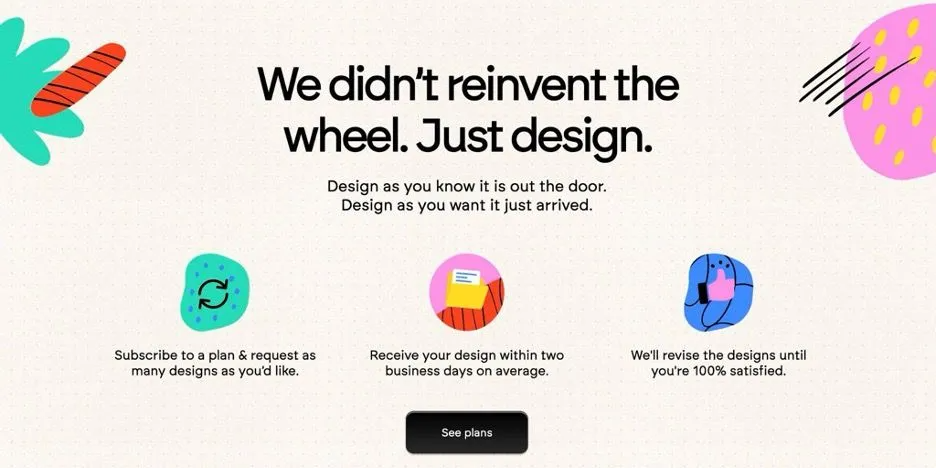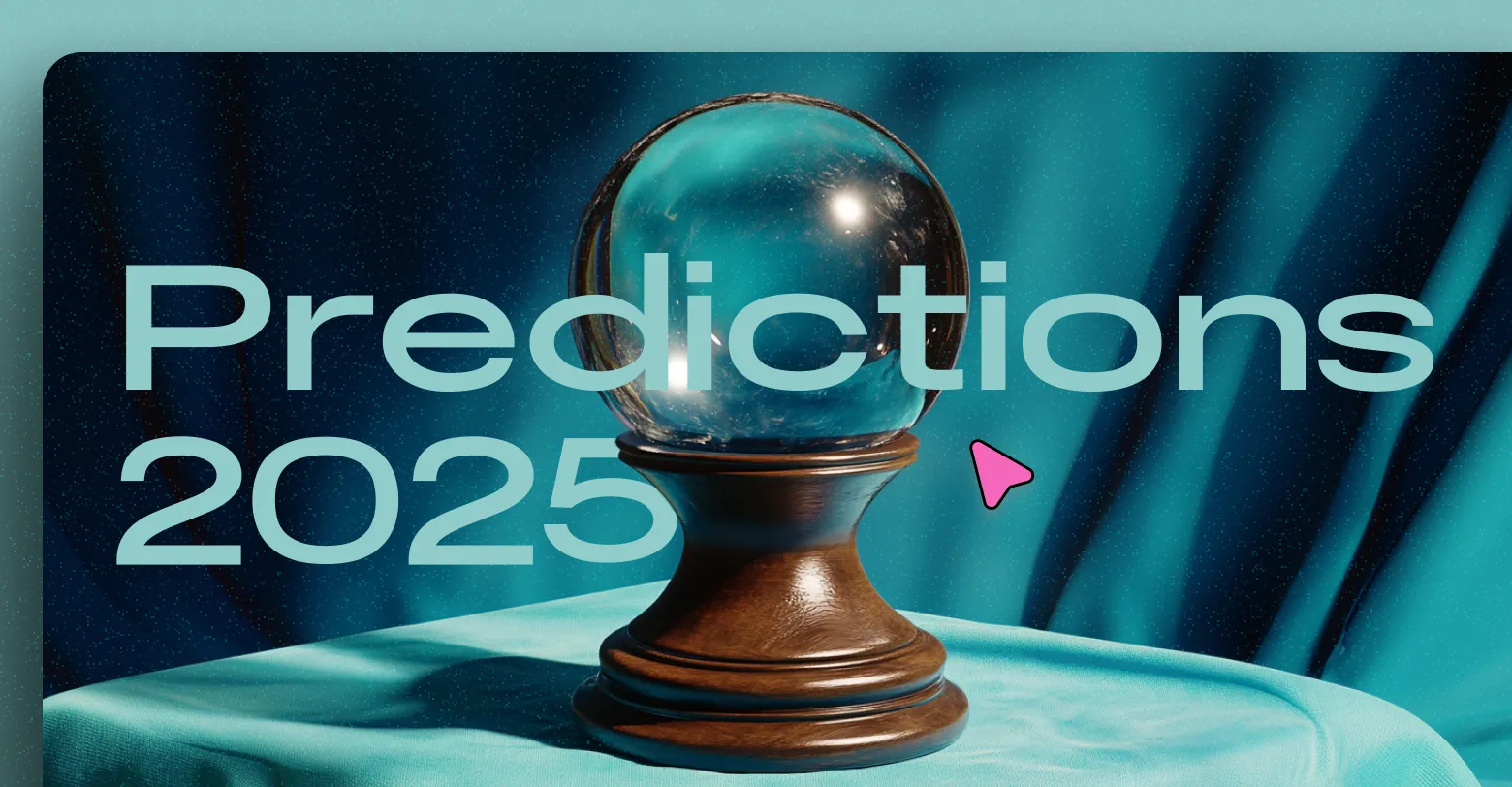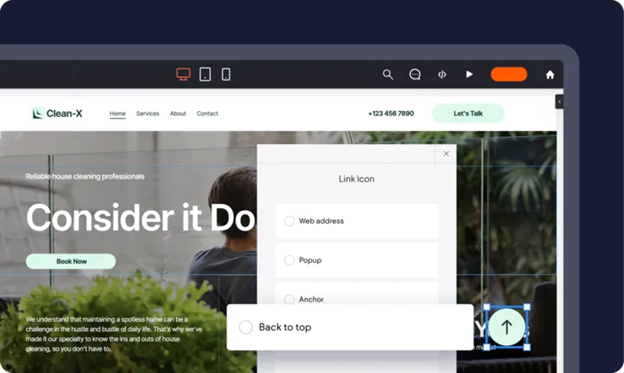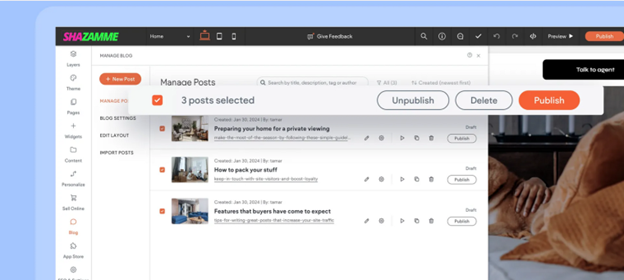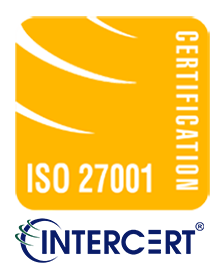Why you need Low-Code and No-Code for Recruitment Websites
No Code is here to stay!
There is a revolution in recruitment and staffing website design that is making it so simple and fast to build beautiful, integrated, SEO optimized, highly functional and secure recruitment websites with no need for coding knowledge. It is driving innovation across the www every day for recruitment agencies who depend on their websites to drive candidate and client attraction. Read on and explore how the low-code and no-code movement is shaping modern recruitment website building for amplified success online.
Because only approx 0.25-0.5 % of the world's population can code, most people who want to build great looking and functional websites or edit and create web pages using programming techniques won’t be able to.
That’s why Low-Code and No-Code technology is so beneficial for
recruitment websites and recruitment marketing in general. As more recruitment and staffing agencies use these software—tools that require little to no programming experience to master, the do-it-yourself movement is spreading rapidly through the recruitment industry and recruitment marketers are loving it.
Experts also say that recruiting and talent professionals with a very minimum level of technical competency can learn to use low-code software quickly. This means recruitment marketers no longer have to wait for IT or website platform providers to make changes to their recruitment website. Meaning they can be more proactive than reactive and never miss an opportunity.
Recruiters with little technical ability can build landing pages, campaign pages, create multiple job boards, edit sections of their website and utilize pre-made editable layouts so easily. Best of all it will look professional. Customizing campaigns, landing and other pages, adding photos, news, and text that showcase the company and opportunities with very little time or technological investment.
In the current highly competitive talent short market across the globe, companies need to take advantage of using their recruitment tech stack to drive efficiencies and open up opportunities via their recruitment website and brand online.
Best of all, the attractive prices reflect the opportunity for speedy delivery with less effort and brilliant custom design outcomes.
In summary for recruitment websites this means that no-code removes the complexity involved in developing solutions. It is easy, quick and serves as a platform to imagine, create, easily integrate, and innovate seamlessly. Now the world is your oyster and you can be more successful at recruitment marketing by using your website!
Shazamme’s Low-Code and No-Code Features
Shazamme’s recruitment website technology has several native low-code and no-code features that speed up recruitment website design, a few are:
- Dynamic pages that help you generate as many pages on your recruitment website as you like
- Create as many job boards as you like
- Create custom job detail pages, recruiter profiles, integrated form fields and more
- Internal collections so you can easily manage text, images, and other content. You can then use this content to generate multiple pages at scale by connecting your saved collections to dynamic pages.
- Ready to use dynamic pages that connect to your chosen dataset, helping you easily generate all sorts of data rich recruitment pages.
- Rapid build by using predefined sections that you drag and drop
- APIs that automatically rebuild after changes are made
- 100's of widgets that can be configured without any code
- Integrations that are super flexible and can be changed without code
Gartner estimates that by 2024, low-code application development will be responsible for more than 65% of application development activity.
In summary, low-code and no-code platforms use visual programming and logic to make building recruitment websites from scratch far less complex than it has ever been. With the ability to onboard, build and deploy recruitment websites and customize them faster than ever, there is no doubt that low-code and no-code design will likely replace traditional coded web design for most recruitment website projects.
Are you using low-code and no-code for your recruitment website? If not, there is no doubt you should be!
Book in time to discuss all things Shazamme here we love making recruitment and staffing companies more successful online.
